A Brief Introduction to Zircon Geochronology
/Zircon crystal SEM-CL image showing growth patterns similar to tree rings.
Image by ManuRoquette, CC BY-SA 4.0 <https://creativecommons.org/licenses/by-sa/4.0>, via Wikimedia Commons
Zircon crystals—zirconium silicate to be precise—have become a very important age dating medium for geologists. Let’s take a look at why, how geochronology analysis is done, and what types of applications are being made of this technology.
This article, the third in a series of three articles focused on geochemistry for fall and winter of 2020, have been written to familiarize our readers with some key tools used in modern geological research. Written in plain language, they describe the techniques used in analyzing these crystals. References to papers and videos are provided to further the reader’s understanding of and provide insights on how these analyses are being used in geological research today.
Zircon crystal age dating is conducted using the principals of radiometric dating. Basically, all radiometric dating techniques rely on measuring the ratio of two isotopes in a substance: the parent isotope which is radioactive and therefore unstable, and the stable daughter isotope which is the end product of the radioactive decay of the parent. (In our case the parent is uranium and the daughter is lead.) The radioactive decay of a substance follows an exponential curve, halving the parent amount in a time period equal to the “half-life” of the particular parent isotope. So the parent material never totally disappears, but shrinks to minute quantities over a handful of half-lives.
Figure 1. The decay of uranium isotopes into lead isotopes follow exponential curves. The functions can be written in the form A(t)=0.5^kt where k is the reciprocal of the half-life and A is the remaining fraction, shown on the vertical scale. So, the amount of uranium converted to lead in the sample depends on the half-life of a particular isotope’s decay process over the course of the sample’s existence. The half-life of U235 is 704 Ma and that of U238 is 4468 Ma. Modified from Shoene 2014.
Zircon crystals are ideal for age dating because:
• They are commonly formed in felsic igneous rocks, such as granite. They can also be formed in metamorphic rocks. However, because the melting point of zircon is very high (800C), these processes may add on new layers to the crystal rather than completely reworking it.
• They are found in beach sand, river sediments, eolian sediments, alluvial sediments, turbidites, etc. The only rock that does not contain many zircons is basalt.
• They have a very high melting temperature and hardness, which means that they are very durable. They are nearly chemically non-reactive as well.
• They are heavy but also non-magnetic, which means that they can be easily separated from iron-based minerals.
• Their heaviness allows them to be easily separated from lighter minerals using a shake table. A dense fluid is also employed to separate the zircons, amongst the heaviest of minerals, from moderately dense materials.
• They contain a small but measurable amount of uranium which substitutes for the zirconium in the crystal lattice when the crystal grows. These are the isotopes 238U and 235U, which are radioactive and decay into 206Pb and 207Pb, respectively. Lead, which is the end product of the decay process, is nonetheless excluded in the crystal growth process of the zircon crystal. Because of this, the only lead isotopes that one finds in a zircon crystal are those produced by the radioactive decay of the uranium. The decay half-life of these processes (4.5 Ga and 700 Ma, respectively) are such that very precise measurements can be made of very old rocks.
Figure 3. “A concordia diagram as used in uranium–lead dating, with data from the Pfunze Belt, Zimbabwe. All the samples show loss of lead isotopes, but the intercept of the errorchron (straight line through the sample points) and the concordia (curve) shows the correct age of the rock.” Illustration by Babakathy - Own work, Public Domain, https://commons.wikimedia.org/w/index.php?curid=5027761
• The two different decay systems in zircon crystals (from 238U and 235U) can be cross-correlated by the use of Concordia diagrams. Should the crystals have leaked some lead isotopes during their lifetimes, this technique can (1) test for this problem and (2) resolve an actual date from the remaining isotopes.
Techniques of zircon geochronology (radiometric age dating) have been refined to the point that very small laser incised samples can be taken to test. This has two advantages. Crystals with multiple stages of growth can be selectively sampled as they will yield multiple dates. Also, valuable specimens can be preserved for future analysis, such as the Jack Hills specimens from Australia, the oldest detrital zircons found. A variety of techniques for measuring ages of zircon crystals are employed, and their accuracy is such that an age date within about a million years can be achieved with rocks 3-4 billion years in age.
Oxygen can be extracted from zircon crystals using strong (hydrofluoric) acid and laser methods, and thus oxygen isotope analysis can be performed. This technique has given researchers additional information about the environment where the crystal has grown. Specifically, on the Jack Hills specimens, over 4 billion years in age, the researchers discovered that the δ18O values indicate that liquid oceans may have existed a mere 200 million years after the assembly of the planet! These valuable techniques (geochronology and stable isotope geochemistry) are driving some intense research on the evolution of the planet.
Detrital zircons are those that have weathered out of the parent igneous or metamorphic rock and these can be found in sediments just about everywhere. These zircons are often analyzed by quantitative analysis. For example, a bucket of sand is extracted from a river or ancient lake bed and the results of all the ages of the zircons therein are plotted on the same graph. The peaks showing the most numerously computed ages are compared with possible igneous or metamorphic sources for the sediment. Since zircon geochronology is so precise, sources can often be pinpointed to a particular body of magma. This is particularly helpful in determining the courses of ancient drainage systems.
Detrital zircon analysis is limited only by the imagination of the researchers. Current research includes determining continental growth over time for the entire earth, and providing clues as to the rate of tectonic activity.
Figure 3. An example plot from a quantitative detrital zircon study. Each line represents ages of samples taken from a particular location. Source ages can be shown to be regional when all the samples contain material of the same age or local when only one or two of the samples exhibit material from a particular time period. Time periods for potential source materials are shown in the lower lines of the diagram. From Laskowski et al, 2013
References
“Detrital zircon geochronology” from Wikipedia. There’s a lot of information packed in this Wikipedia article about zircon age dating.
American Museum of Natural History, “Zircon Chronology: Dating the Oldest Material on Earth.”
Blair Schoene, Princeton University, “U–Th–Pb Geochronology,” Elsevier, 2014. Pg. 346 has a good description of Concordia plots in cross-correlating dates between multiple decay results.
Concordia Diagram reference: Babakathy - Own work, Public Domain, https://commons.wikimedia.org/w/index.php?curid=5027761
Let’s explore Zircon Geochronology with easy to understand videos:
Minute earth, “How to Date a Planet,” is a fun way to learn the basics about U-Pb dating of zircon crystals. 3 min.
American Museum of Natural History, “Science Bulletins: Zircons—Time Capsules from the Early Earth.” Zircons are tiny crystals with a big story to tell. Some of these minerals are the oldest Earth materials ever discovered, and therefore yield clues about what the planet was like after it formed 4.5 billion years ago. In this new Science Bulletins video, travel to a remote island off Greenland's coast and a zircon-making lab in New York State to learn how geologists are using these time capsules to build new hypotheses about the early Earth. 9 mins.
More technical videos on Zircon Geochronology:
This video from Benjamin Shepler, whose You Tube channel has a remarkable set of chemistry- and physics-related educational clips, goes through the math calc for computing zircon age dates in “Uranium-lead dating.” You do need to know the workings of a basic algebra equation and what a natural log is to feel comfortable here, but even if you’re a bit rusty the math is pretty easy. 8 mins.
Want to get down to the nitty gritty and review and compare lab techniques for computing zircon age dates? Here’s a great video by Prof. Greg Dunning in the Dept. of Earth Sciences, Memorial University of Newfoundland, Canada. 16 mins.
World’s Oldest Zircons:
Here’s a news-flash style video from SciShow entitled “How the Oldest Rocks on Earth Changed History”that lays out the basics of what we know about the oldest zircon found from earth and more. 5 mins.
This presentation, “Zircons Are Forever: 4.4 Billion Year Record of Oxygen Isotopes in Zircons,” by Liz King of the Geologists of Jackson Hole puts together oxygen isotope analysis with zircon age dating in discussing zircons from the Jack Hills. Who could ask for more? 70 mins.
Here’s another video about work on the magnetic properties of the Jack Hills zircons by Caltech student Alec Brenner titled “Detrital Zircons of the Jack Hills, Western Australia: Rock Magnetic and Mineralogical Assessments.” 18 mins.
Source-to-Sink Provenance for Detrital Zircons:
USGS researcher Lydia Staisch has a nice explanation of her work on Pacific NW rivers on her website. Written document or publications or direct link to poster.
Check out this video featuring Andrew Laskowski of Montana State University speaking to students from Montana Tech at in a talk entitled “Detrital Zircon Records of Cordilleran Mountain Building.” This video discusses Phanerozoic (540 Ma. to present) detrital zircon sources for the North American continent, especially the transport of sediment from the Grenville and Appalachian orogenies to the western margins of the continent. His language does get a little technical at times but I think the basic idea and the scale of the project can be grasped. 64 mins.
Andrew Laskowski, Peter DeCelles, and George Gehrels, “Detrital zircon geochronology of Cordilleran retroarc foreland basin strata, western North America,” Tectonics, Vol. 32, 1–22, doi:10.1002/tect.20065, 2013. This article looks at detrital zircons and their sources in the western US.
Monitoring Tectonic Processes such as Continental Growth:
“Reconciling the detrital zircon record and crustal growth within juvenile accretionary orogens,” a short presentation by NMW Roberts and CJ Spencer of the NERC Isotope Geosciences Laboratory, Keyworth, UK and PA Cawood of the University of St Andrews, St Andrews, UK at the 2014 AGU Fall Meeting. This presentation discusses continental growth as measured by the earth’s detrital zircon record. 14 mins.






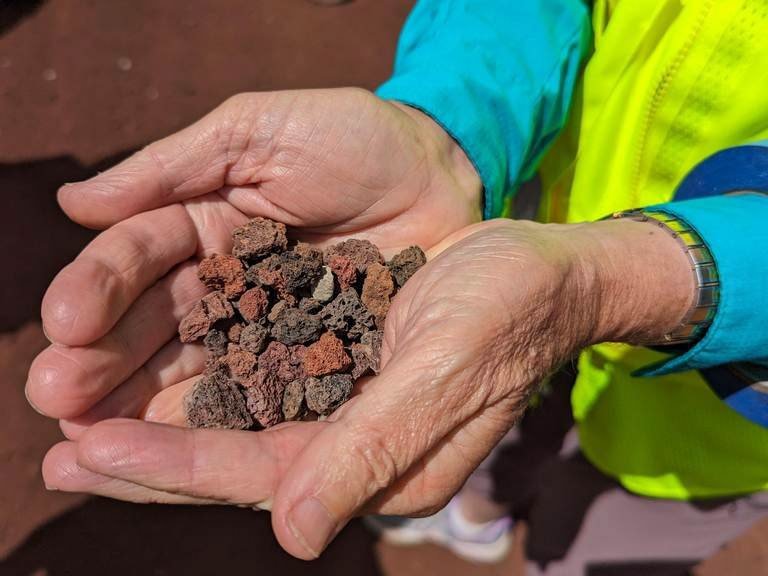

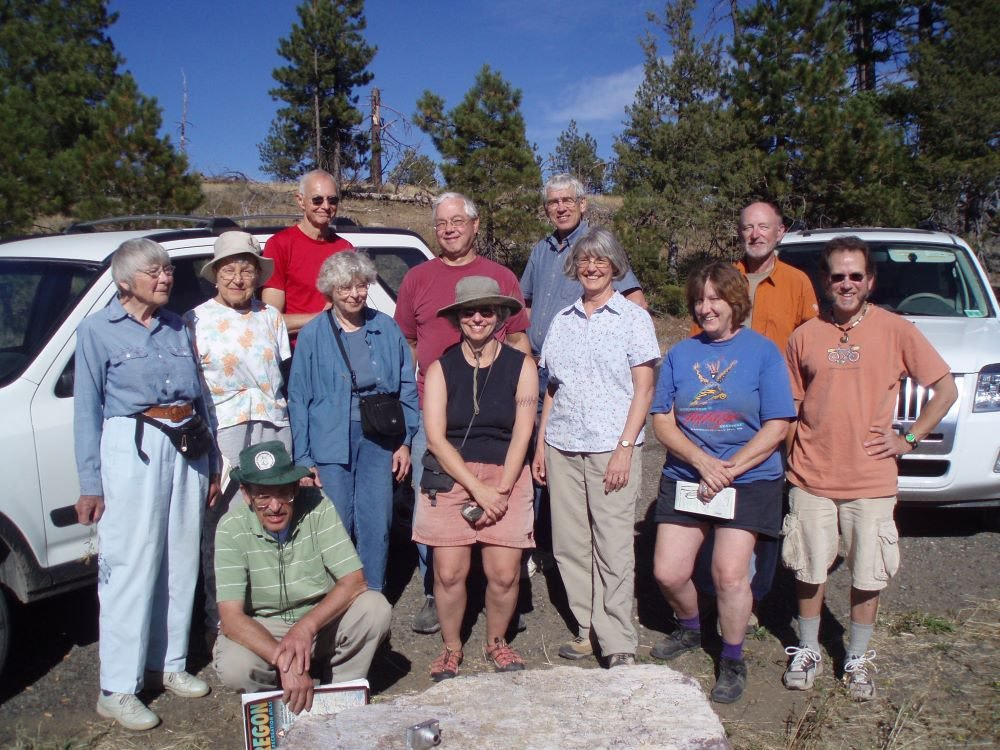
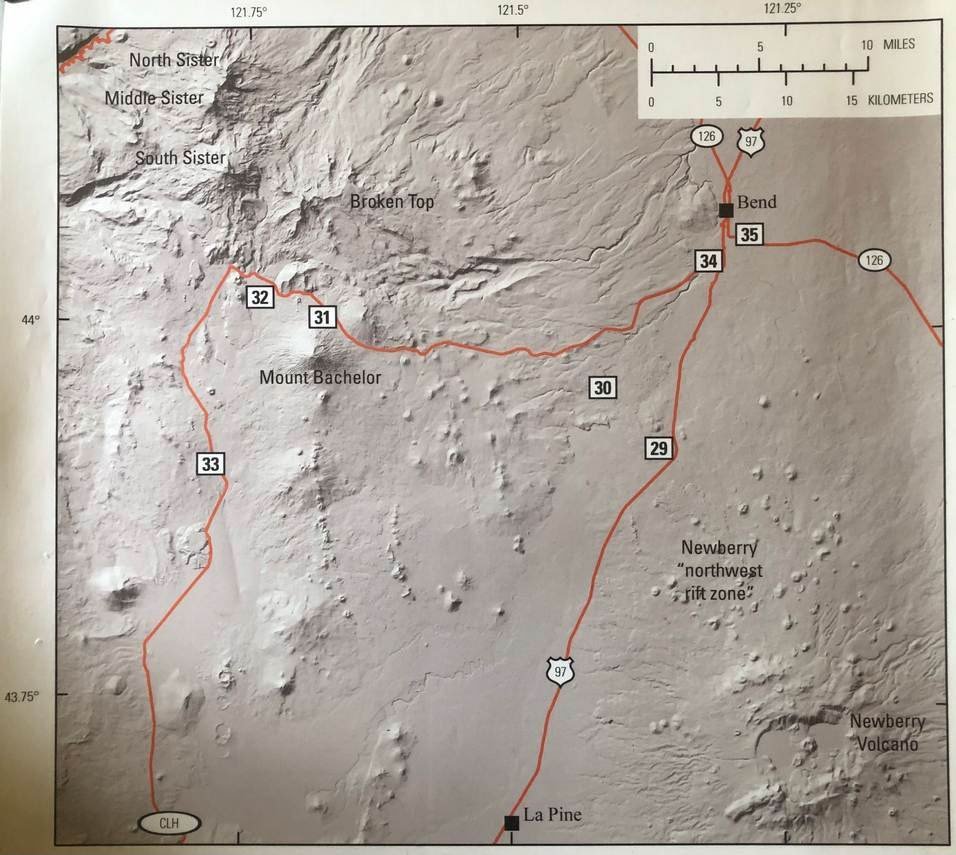
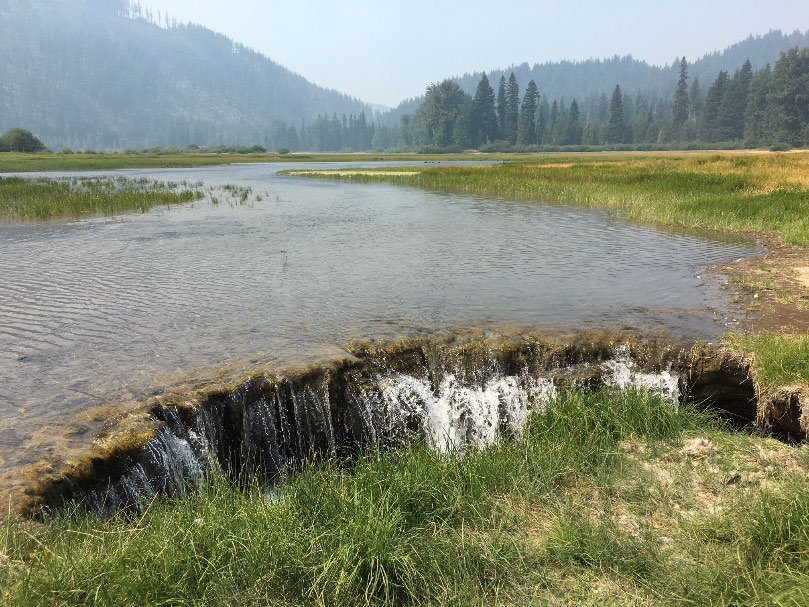
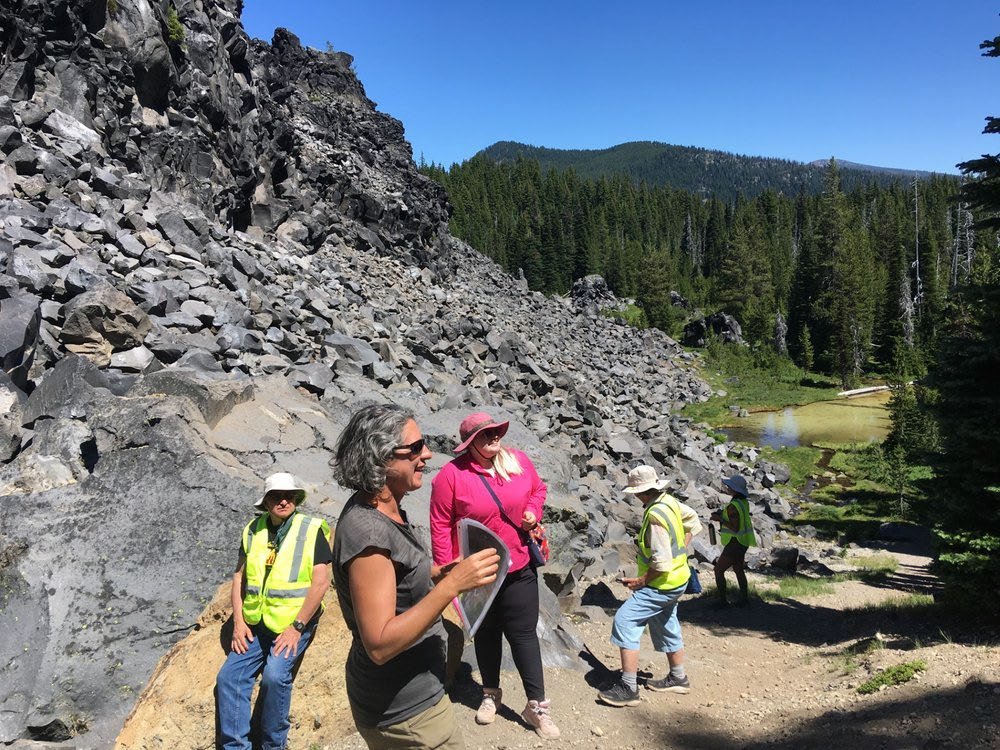
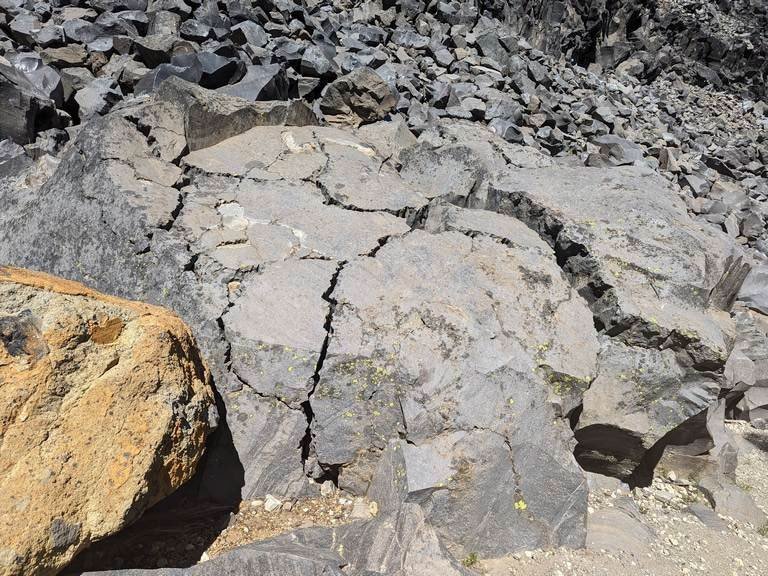
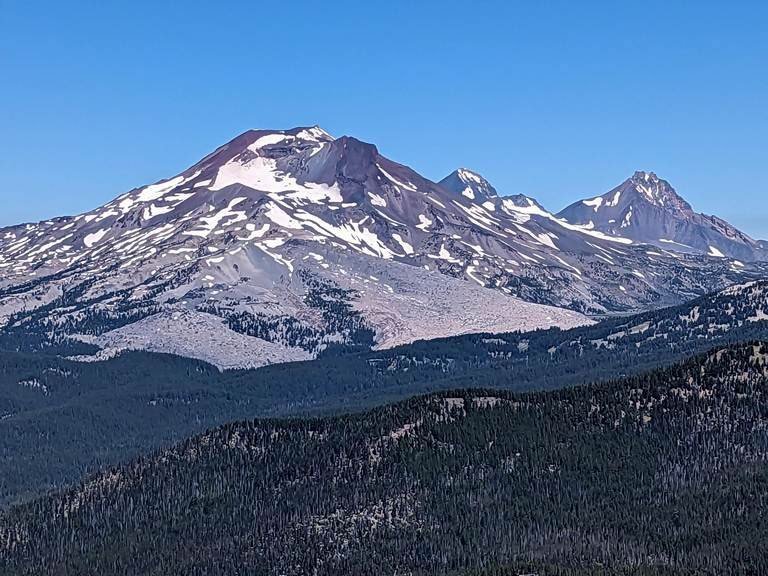
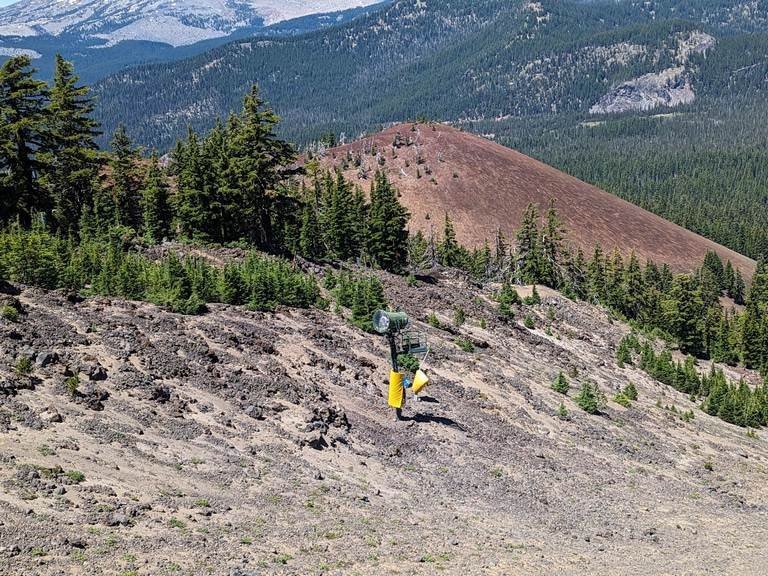
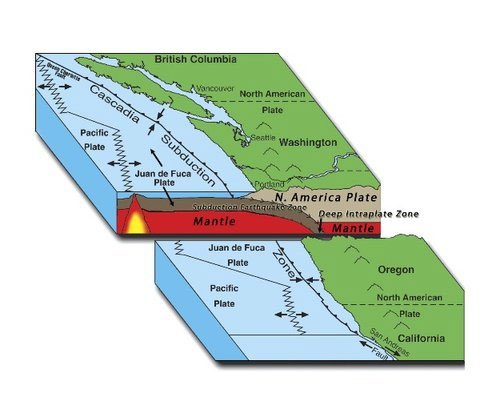
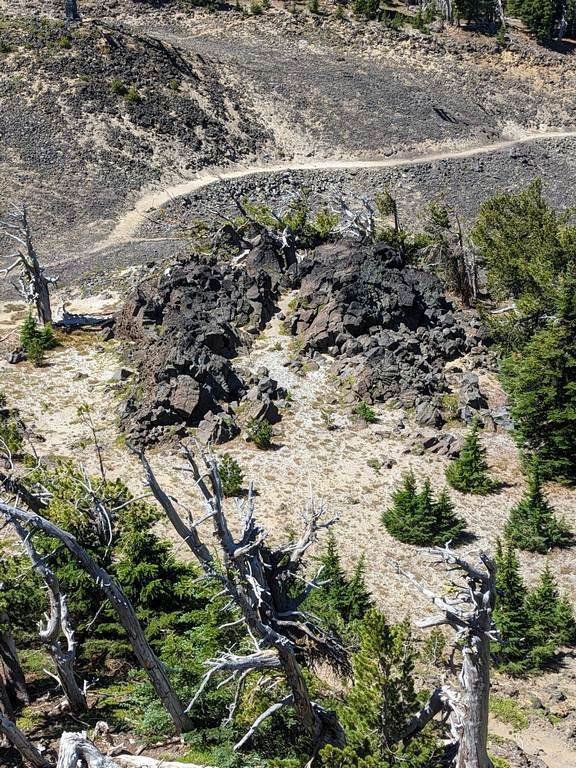
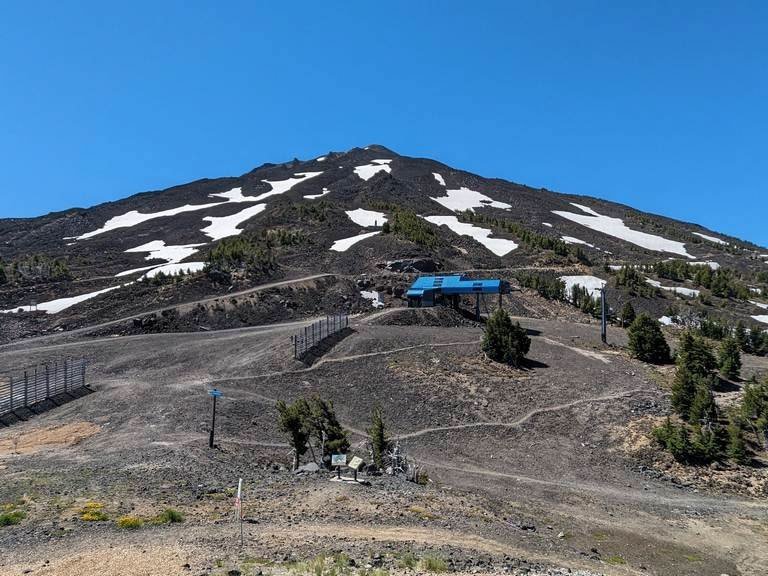
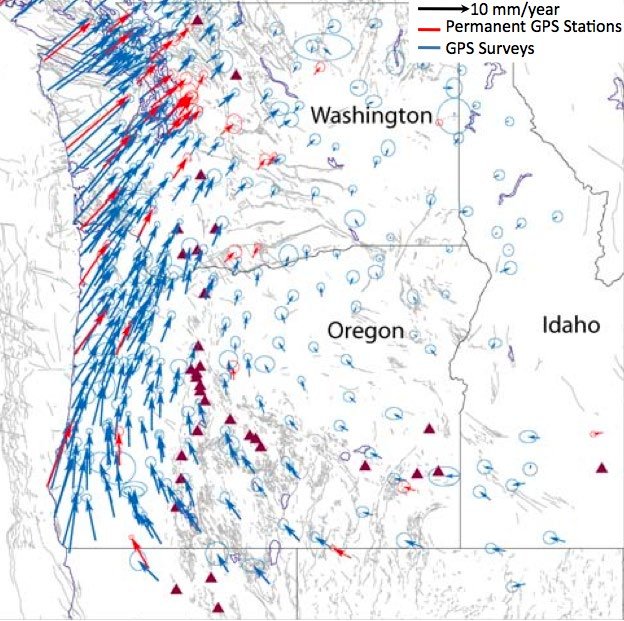
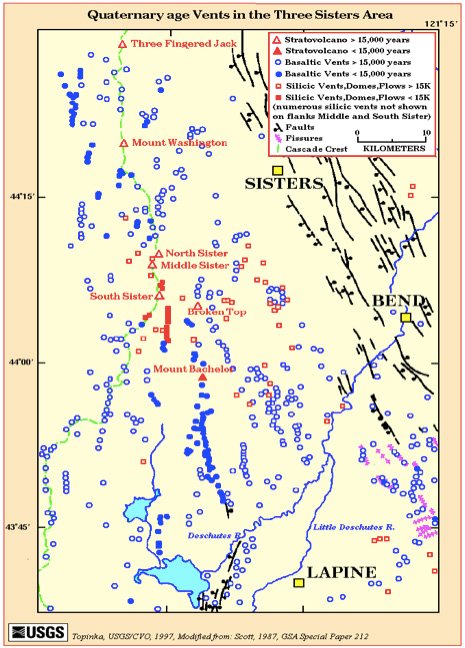
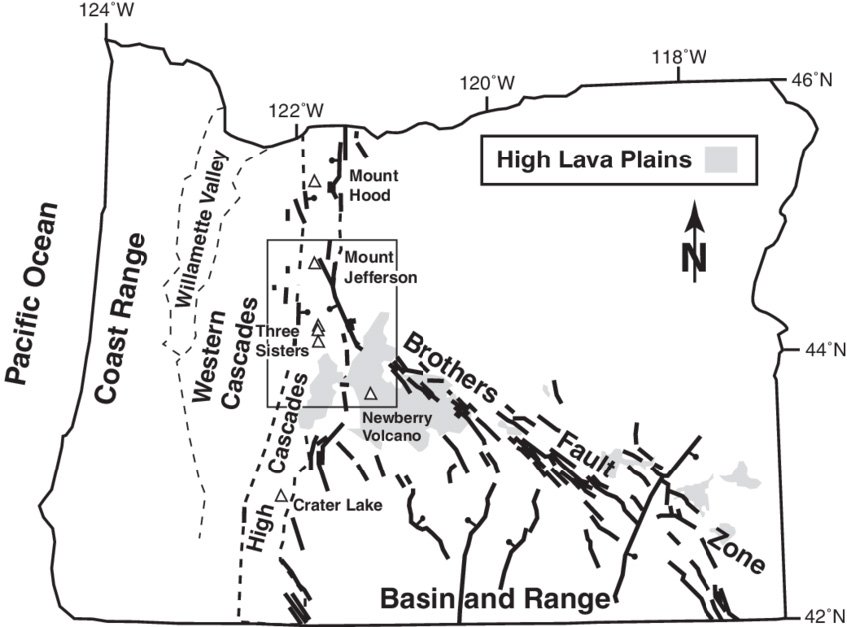
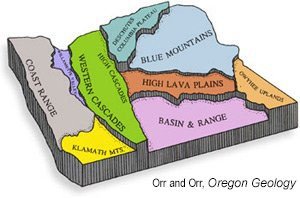

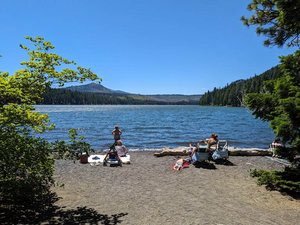



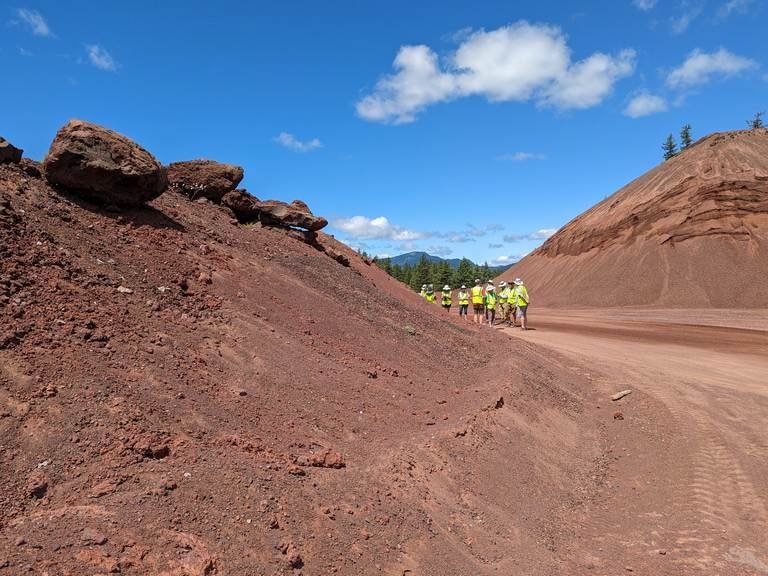
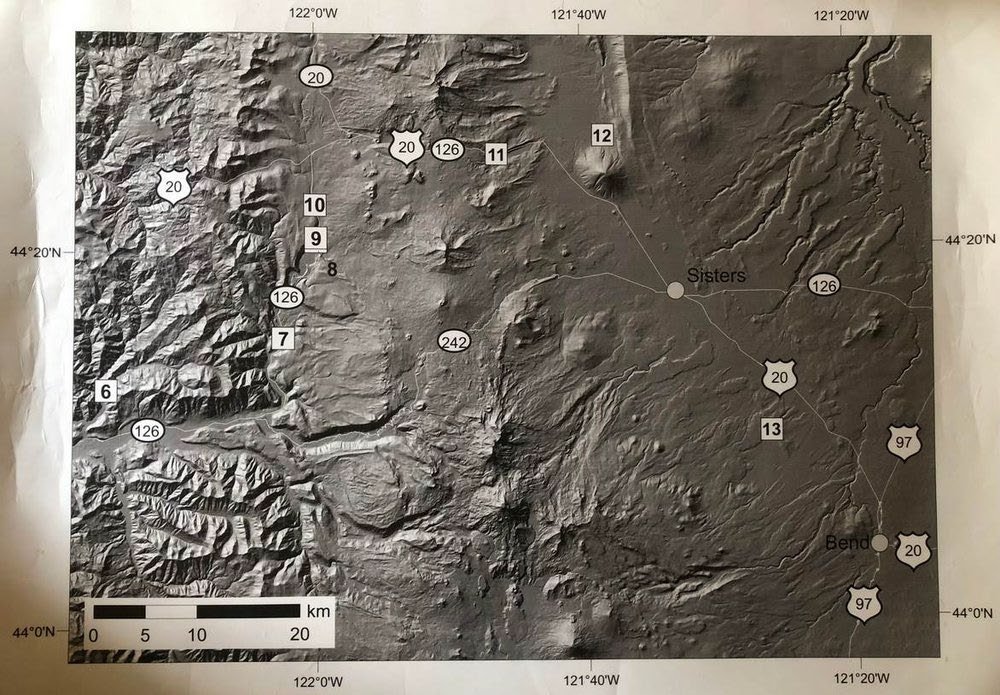

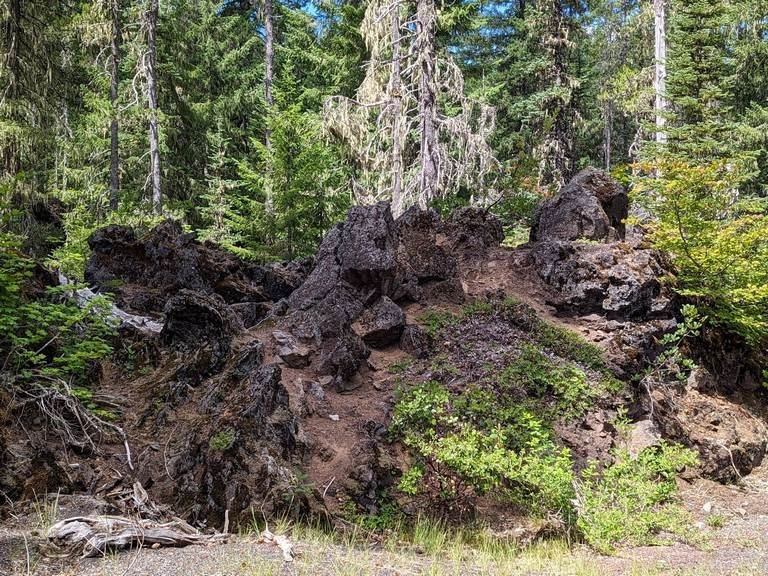
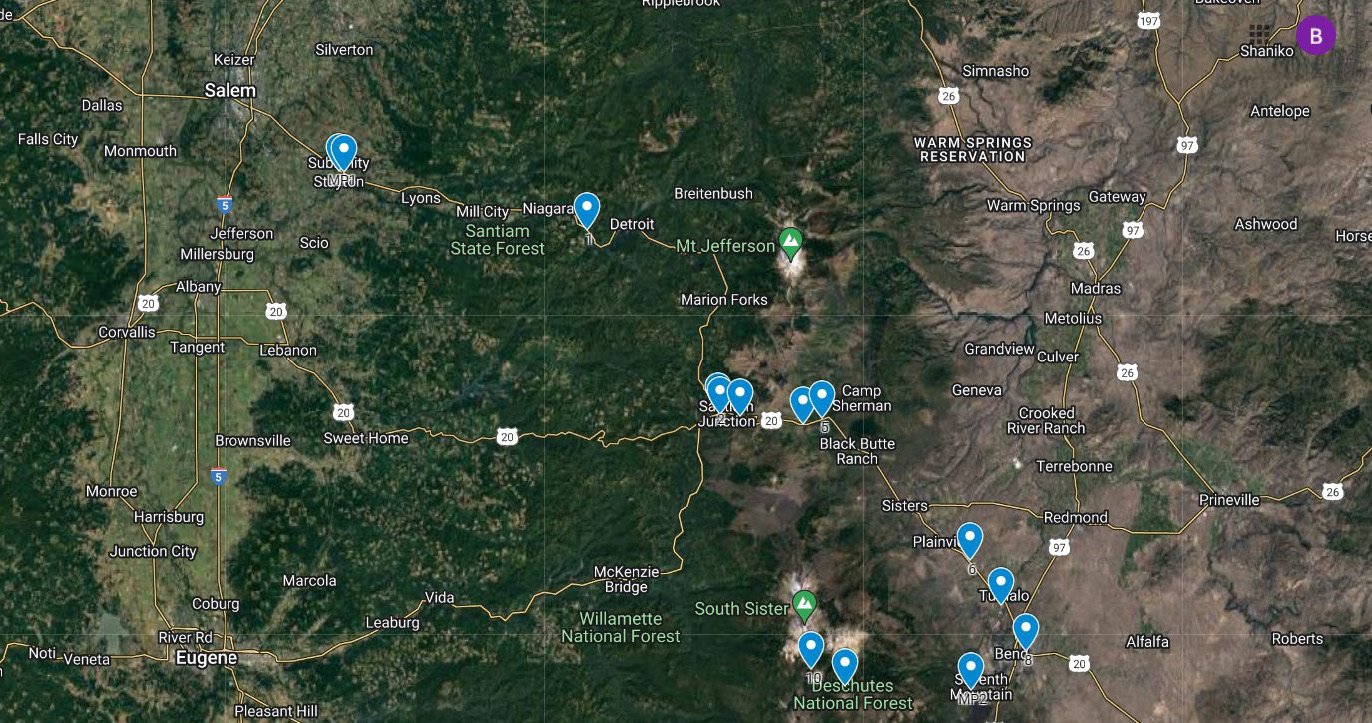
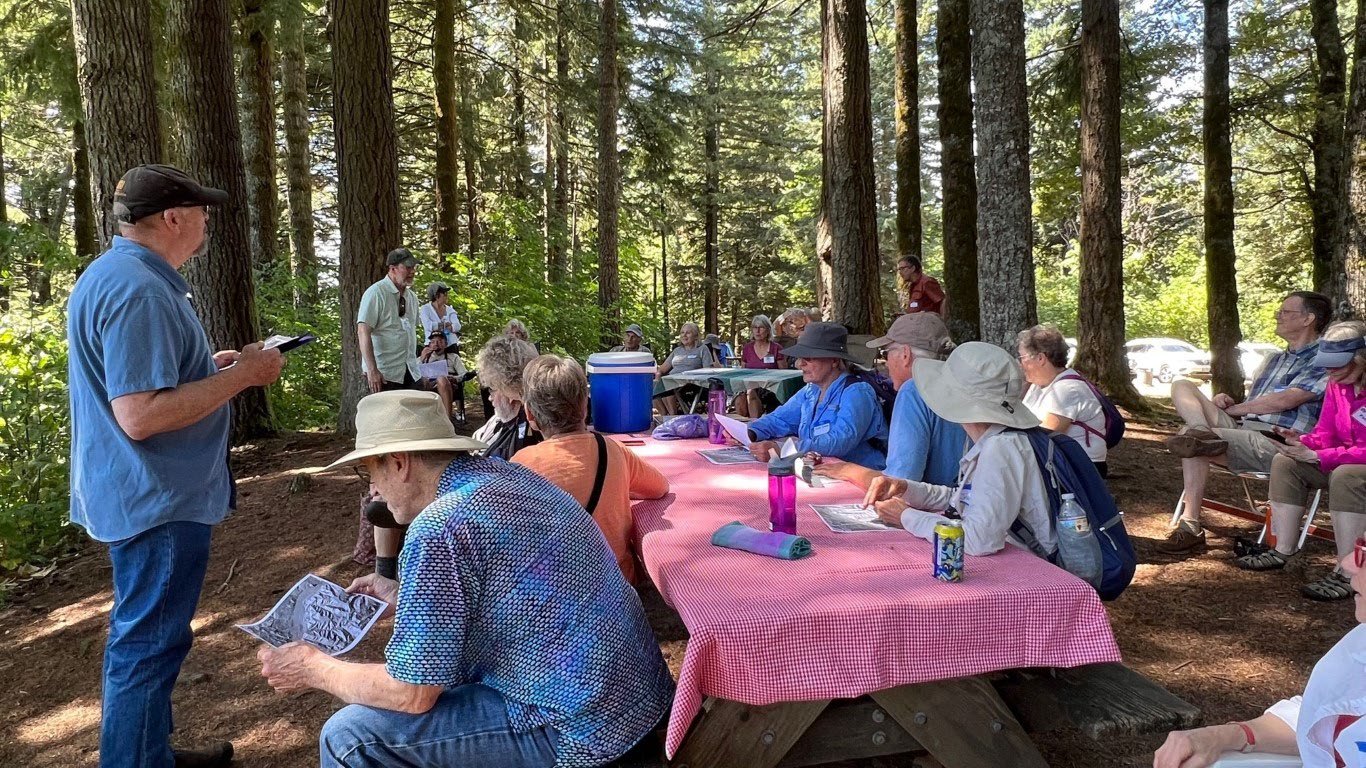
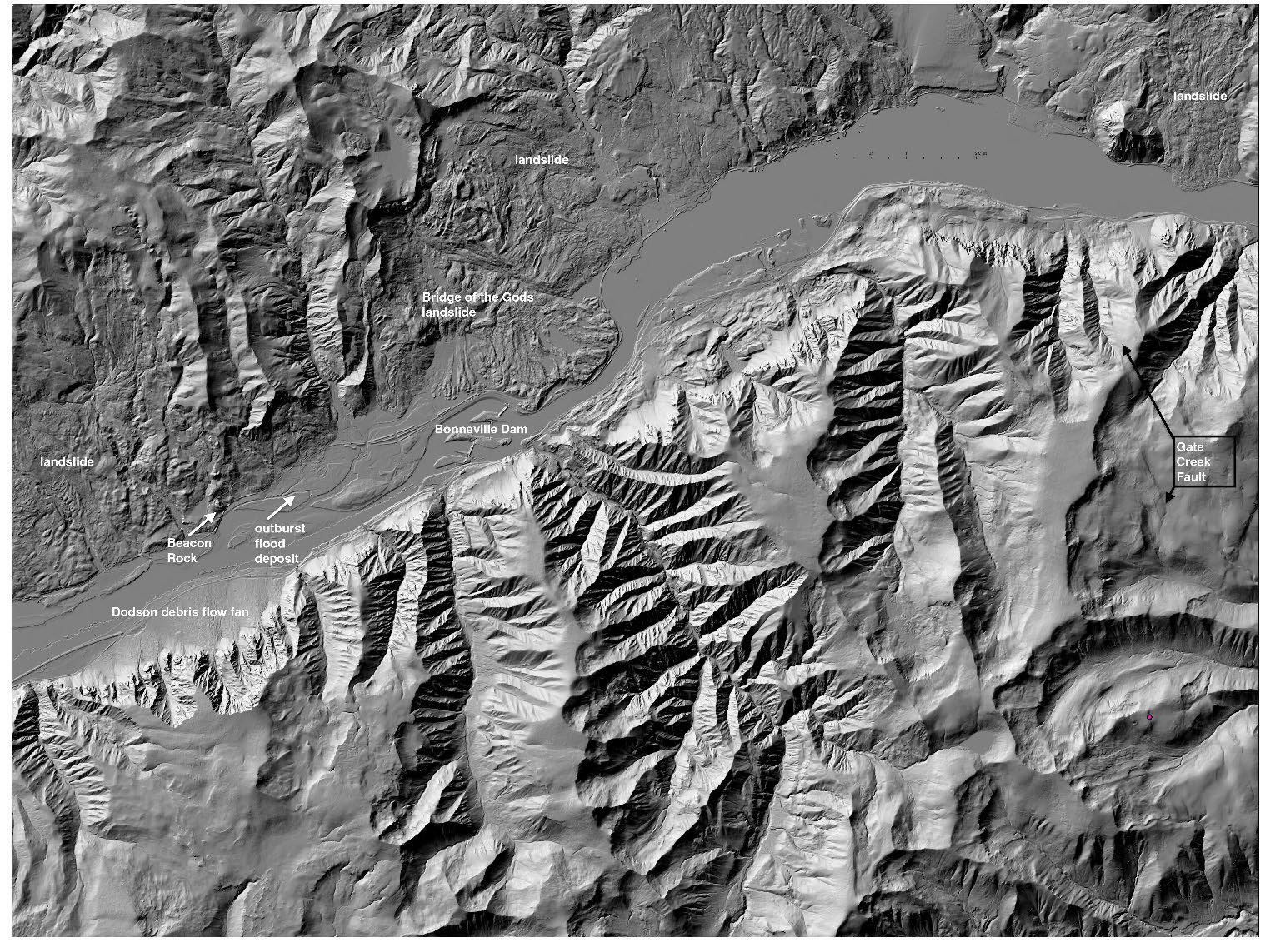

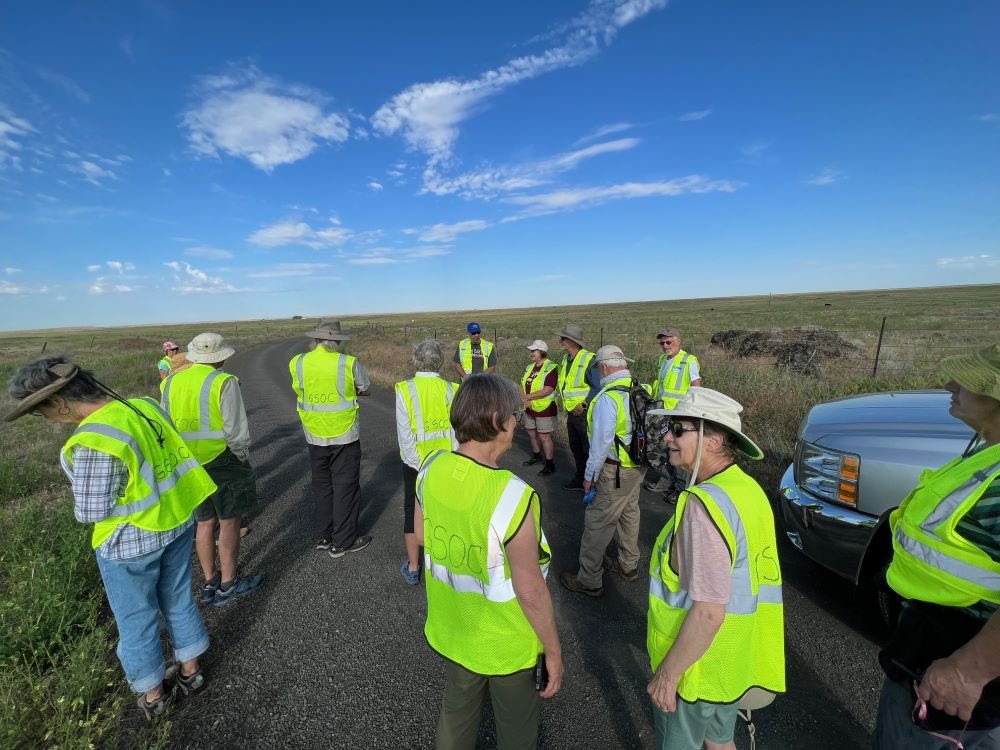
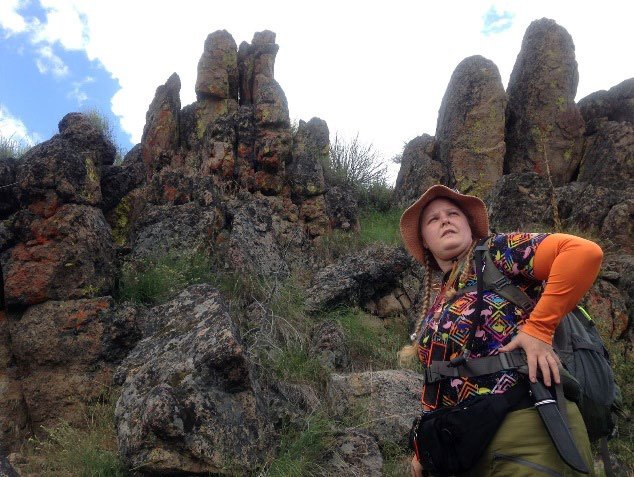
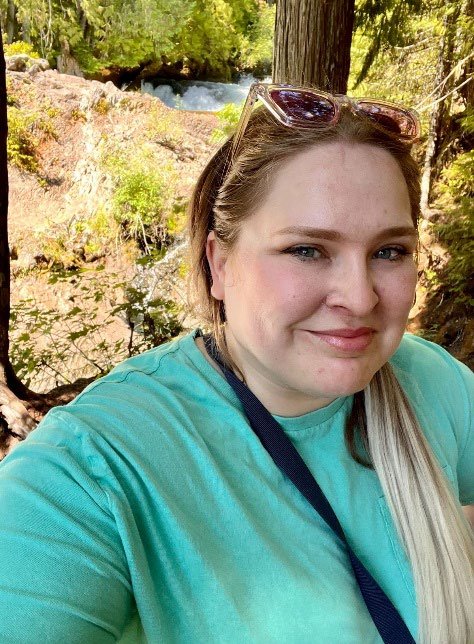

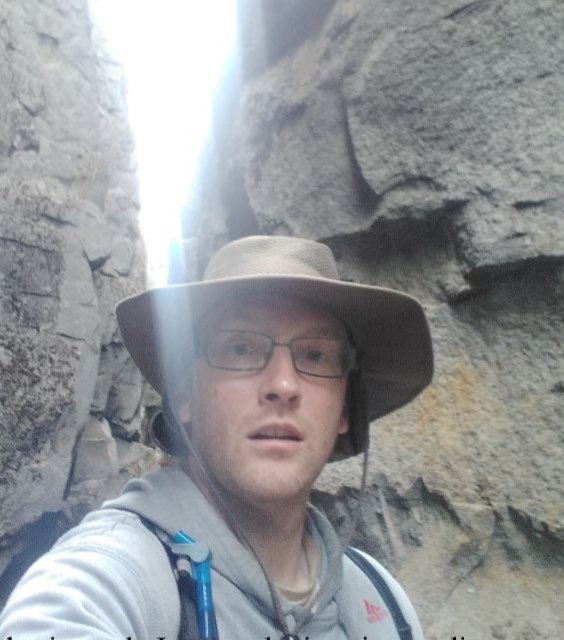
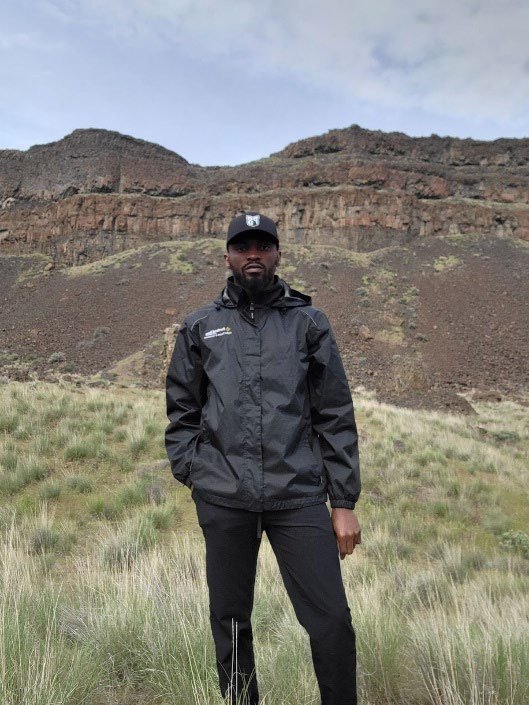







Field Trip Director
Annual Newsletter Editor
fieldtrips@gsoc.org